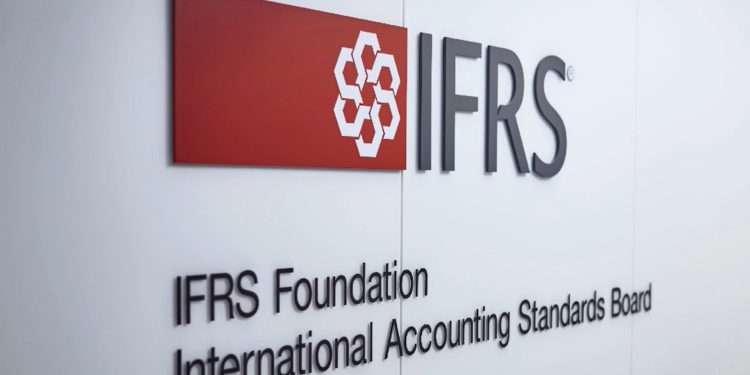IFRS Sustainability Disclosure Standards and IFRS Accounting Standards
This article introduces the relationship between IFRS Sustainability Disclosure Standards and IFRS Accounting Standards.
IFRS Sustainability Disclosure Standards are published by the International Sustainability Standards Board (ISSB), while the IFRS Accounting Standards are published by the International Accounting Standards Board (IASB), ISSB and IASB both belong to IFRS Foundation.
Enterprises prepare sustainability related financial disclosures based on IFRS Sustainability Disclosure Standards (i.e. IFRS S1, IFRS S2) and prepare financial statements based on IFRS Accounting Standards. The two preparation documents are usually released together.
Related Post: ISSB Releases Guidelines for Company Material Information Sustainable Disclosure
Definition of Material Information
The definition of material information in IFRS Sustainability Disclosure Standards and IFRS Accounting Standards is aligned, both based on users’ information needs and recognizing that omissions, misstatements, or ambiguous information can affect user decisions. The difference in material information definition is that the information required to meet user needs is different. Therefore, the materiality evaluations made by enterprises when preparing sustainable financial disclosures and financial statements are also different. Sustainability related financial disclosures can supplement information not mentioned in financial statements and may contain more qualitative and forward-looking information than financial statements.
The material information in sustainable financial disclosures may affect a company’s future business activities, including not only information related to assets, liabilities, equity, income, and expenses, but also governance, strategy, and risk management processes for sustainable risks and opportunities, as well as expected financial impacts. When preparing sustainable financial disclosures, companies typically need to consider longer time intervals and the impact of the entire value chain on the company. The reason for considering the value chain is that the sustainability related risks and opportunities are closely related to other stakeholders on the value chain.
Identify and Disclose Material Information
Both between IFRS Sustainability Disclosure Standards and IFRS Accounting Standards adopt four steps to identify and disclose material information. These four steps are:
- Identify: Identify potentially material information for users.
- Assess: Assess whether the information is really material.
- Organize: Clearly and concisely organize material information in the draft report.
- Review: Check if all material information has been included in the report.
Companies can deal with material information related to sustainable financial disclosure and financial statements based on the above four steps. Companies can also refer to the links below to understand more about preparing sustainability related financial disclosures and financial statements.
Reference:
Sustainability-related Risks and Opportunities and the Disclosure of Material Information
IFRS Practice Statement 2 Making Materiality Judgements
ESG Advertisements Contact:todayesg@gmail.com








